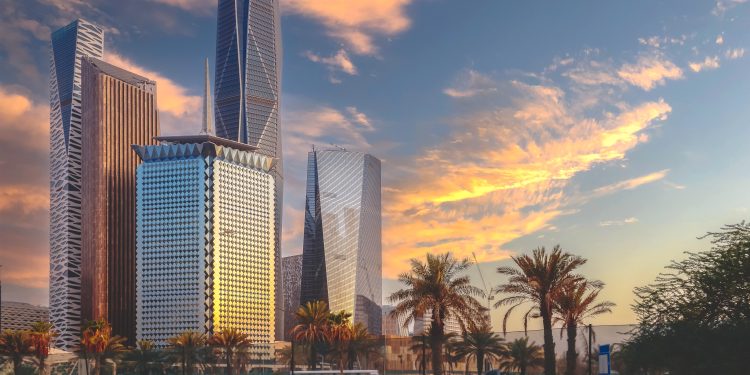The Middle East is emerging as a top choice for investment among next-generation high-net-worth individuals, driven by its geopolitical stability and solid economic outlook.
Recent findings highlight Saudi Arabia’s proactive efforts to attract global investors and wealthy individuals, propelled by its Vision 2030 plan aimed at diversifying the economy. Both Riyadh and Jeddah are seeing rapid growth in millionaire populations, with over 20,000 millionaires in Riyadh and more than 10,000 in Jeddah.
The UAE is also drawing international investors, capitalizing on favorable tax policies, robust financial systems, and political stability. According to experts, strong market connectivity and advanced wealth management options further enhance the region’s appeal.
Saudi Arabia has introduced new residency programs targeting wealthy individuals, including premium visas that grant benefits such as real estate ownership and business operations without a local sponsor. In 2024, the residency program expanded to allow ownership of residential assets worth at least SR4 million.
These initiatives align with Saudi efforts to attract international companies, with over 600 global firms now having regional headquarters in Riyadh. There is also growing interest from investors in property purchases in key Saudi cities, as the country revamps its real estate sector to become a global business and tourism hub.
Across the Middle East and Africa, high-net-worth individual wealth grew modestly in 2024, though the number of such individuals slightly declined in the Middle East. Factors like OPEC’s oil production cuts and lower oil prices contributed to this trend.
Globally, the population of high-net-worth individuals rose by 2.6 percent, led by growth in ultra-wealthy segments and strong stock market performance. North America saw the largest gains, while Europe and Latin America experienced declines. In Asia-Pacific, India and Japan posted notable increases, whereas China saw a slight decrease in its wealthy population.


